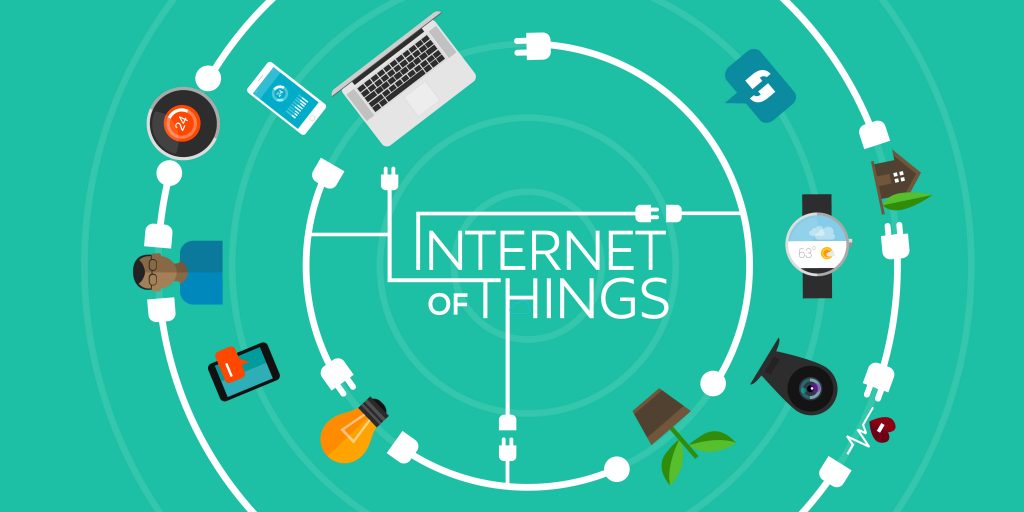Anything in life that requires learning in order to have functional ability is going to also have a hands-on experiential component if you’re truly going to become adept at whatever it is. There is value in learning how to do it, but usually the most integral part of the learning comes from actually being at ground level and doing it. These days AI is the buzzword connected to nearly everything in the digital world, and that world is where an increasingly large part of everything we have and make use of has its roots.
We’ve talked about machine learning before, and it’s a concept that’s fairly well understood within the parameters of how advanced computing has made advances in leaps and bound over recent years. As the saying goes, you certainly can’t stop progress and the type of deep learning that people are talking about with relation to supercomputers and the like builds on machine learning and improves on it with a whole lot of experiential learning.
It is a profound subject, and more so for anyone or a business where much of what you do is being constantly reshaped by computing technology. That certainly applies to us here at 4GoodHosting in the same way it would for any reputable Canadian web hosting provider, and as AI continues its meteoric rise to prominence and increasing dominance in the space it makes sense for us to have a look at Deep Learning and how it contributes to influentially to supercomputing.
Data Abundance
Deep learning is an advanced artificial intelligence technique who’s usefulness is in the way it has abundant data and increased computing power. Online language translation, automated face-tagging in social media, smart replies in your email, and the new wave of generative models are among the many reasons it’s main technology behind many of the applications we use every day.
Everyone will have heard of all the buzz around the ChatGPT AI-powered chatbot and the way it is revolutionizing pretty much everything, and part of its strength is in the it can differentiate images from text descriptions, exampling how deep-learning systems that model the relation between images and text descriptions have massive potential for ‘smarter’ and more intuitive computing.
As mentioned, deep learning is a subset of machine learning but of the newer types where classic, rule-based AI systems, machine learning algorithms that use training to develop their behavior by processing annotated examples is much less relevant now. Instead, that relevance has now shifted to deep learning and neural networks.
Classic machine-learning algorithms that solve many problems that rule-based programs don’t do well with dealing with soft data such as video, images, sound files, and unstructured text. The best example of this is with predictive modelling, where the contributions domain experts, computer programmers, and mathematicians aren’t need to anywhere near the same extent anymore. What takes the place of all that is an artificial neural network.
Human Brain Inspiration
Deep-learning algorithms tackle the same queries and challenges using deep neural networks. It is a type of software architecture that actually takes a lot of its framework from the human brain. Neural networks are layers upon layers of variables, and they adjust themselves based on what they can recognize in the properties of the data they are trained to work with. This makes them capable of doing tasks like classifying images and converting speech to text.
Neural networks are especially capable with going over unstructured data and finding common patterns in it, and in recent years the greater availability and affordability of storage, data, and computing resources have solidified neural networks as one of the pinnacles of AI innovation.
Applications
Computer Vision
The science of having software make sense of content with images and video is referred to as computer vision. Deep learning has made extensive progress here, and one of the best use-case examples is with cancer detection. This type of deep learning is also well-established in many of the applications people use every day. Take Apple's Face ID, for example – it uses computer vision to recognize your face, the same way Google Photos does for various features like searching for objects and scenes as well as for image correction.
Voice and Speech Recognition
Most people have taken advantage of Siri or Alexa at some point, and deep-learning algorithms are very much at work here too as they play a role in how your voice is converted into text commands. Google's keyboard app is Gboard, and it uses deep learning to deliver on-device, real-time speech transcription that types as you speak.
Natural Language Processing and Generation
Natural language processing (NLP) is the science of extracting the meaning from unstructured text, and developers of classic software have been looking for a workable fix to that challenge for decades. It’s not possible to define ALL the different nuances and hidden meanings of written language with computer rules, but neural networks trained on large bodies of text can execute many NLP tasks with accurate results.
Google translate is another popular resource for people, and it also experienced a boost in performance when Deep Learning was incorporated into it. Smart speakers use deep-learning NLP to understand the various nuances contained in spoken commands, and basic examples of this can be when asking for weather forecasts or directions.






